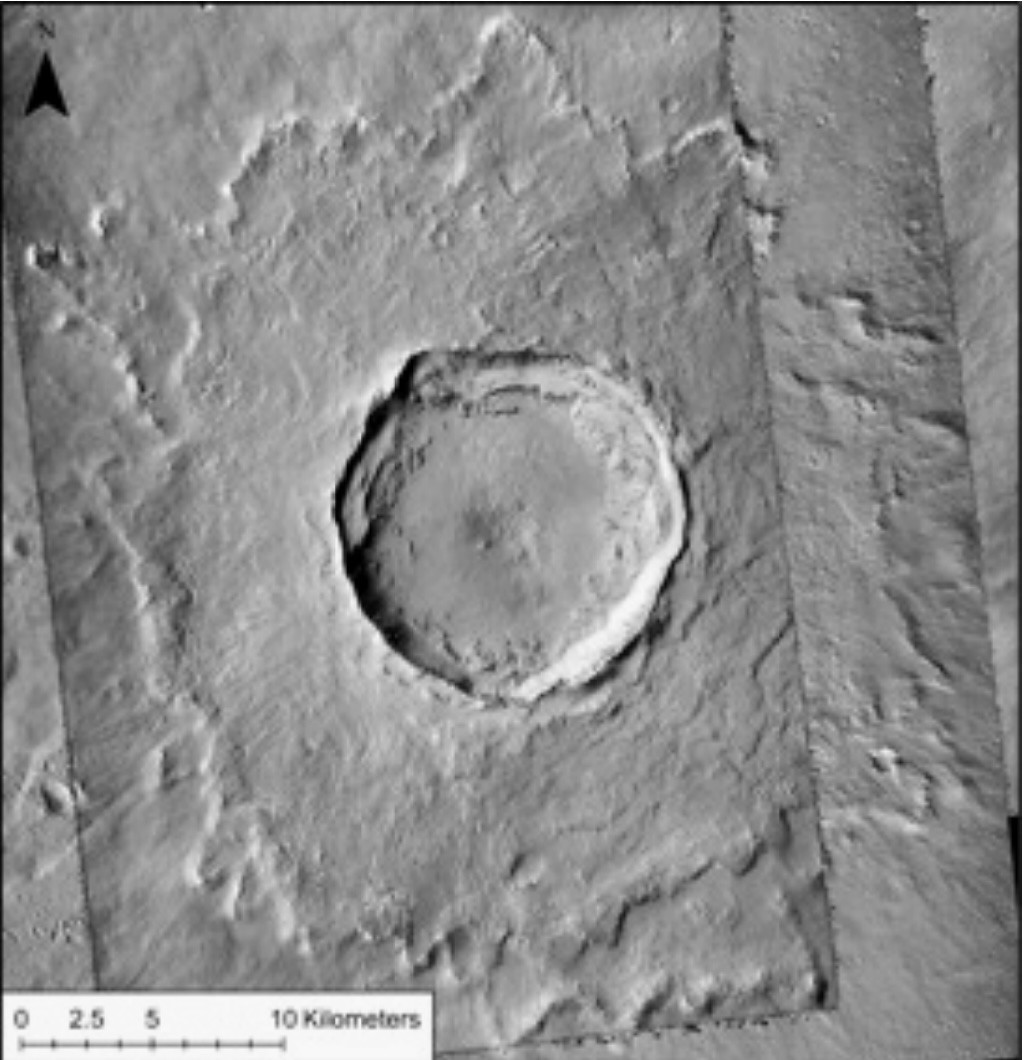Fraser Cain on Nostr: When meteors strike the Moon or Mars, debris flies in all directions, producing ...
When meteors strike the Moon or Mars, debris flies in all directions, producing secondary craters. NASA scientists have studied the area around the 2.3 million-year-old Corinto crater on Mars and calculated that it generated at least two billion secondary craters in the vicinity, larger than 10 meters across. Then, those rocks created even more craters as they splashed debris into their surroundings. This is ten times higher than previous estimates from other impacts.
https://www.hou.usra.edu/meetings/lpsc2024/pdf/2577.pdf 
Published at
2024-03-18 22:25:03Event JSON
{
"id": "c7fe44893811448c15eca5db8020c77e0f7da0cb825dcca2ddba5a750fd21e41",
"pubkey": "ac844e7de79ee4ba0cc0999efe9afb25cc9bd99ba0b5957cf0fd406fcabaf11a",
"created_at": 1710800703,
"kind": 1,
"tags": [
[
"proxy",
"https://m.universetoday.com/users/fraser/statuses/112119034917284300",
"activitypub"
]
],
"content": "When meteors strike the Moon or Mars, debris flies in all directions, producing secondary craters. NASA scientists have studied the area around the 2.3 million-year-old Corinto crater on Mars and calculated that it generated at least two billion secondary craters in the vicinity, larger than 10 meters across. Then, those rocks created even more craters as they splashed debris into their surroundings. This is ten times higher than previous estimates from other impacts.\n\nhttps://www.hou.usra.edu/meetings/lpsc2024/pdf/2577.pdf\n\nhttps://m.universetoday.com/system/media_attachments/files/112/119/034/906/128/178/original/9d7d32c4a852d0ca.jpg",
"sig": "73e1ca0fd0cf58c0b6b9c72ed1f4f8a8fcc19aed1756ee53d4da70aac4e71a256e0011d8cc4a72830b683fb6f4f9177cc76c20df9cc684d2f7cfab580b2002c2"
}

